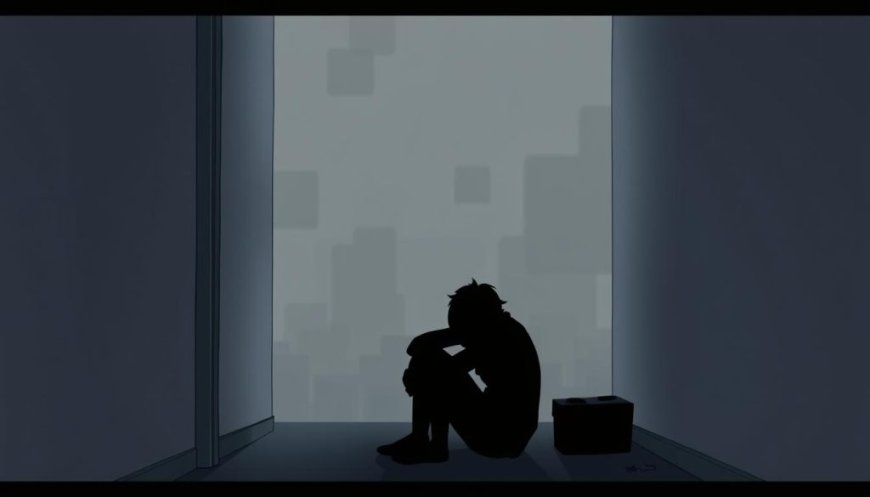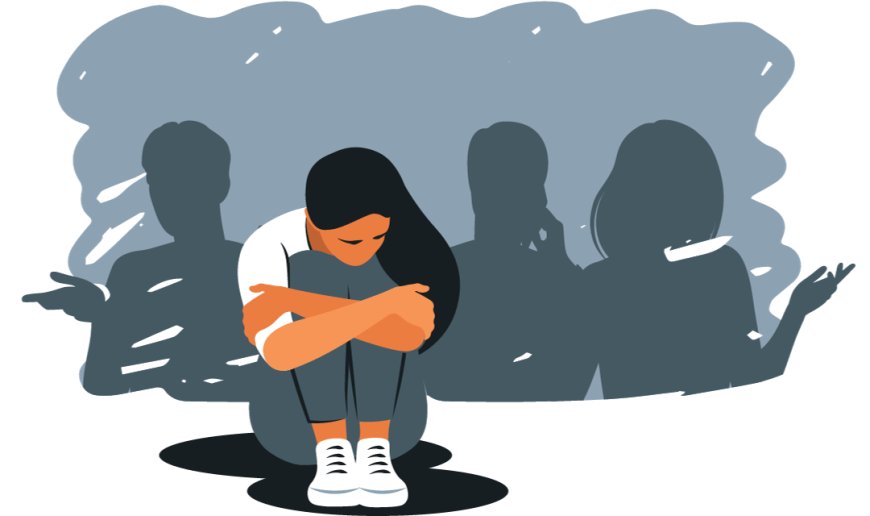Loneliness and Social Isolation: Understanding the Hidden Struggles
Explore the differences between loneliness and social isolation, their effects on mental and physical health, and strategies to overcome these hidden struggles.

Loneliness and Social Isolation: Understanding the Hidden Struggles
Loneliness and social isolation are common yet often misunderstood experiences that can deeply affect individuals of all ages and backgrounds. While these two terms are sometimes used interchangeably, they describe different phenomena that both carry serious consequences for mental, emotional, and physical health.

What is Loneliness?
Loneliness is a subjective feeling of being disconnected or lacking meaningful social relationships. It is the emotional pain or distress that arises when there is a perceived gap between desired and actual social interactions. A person can feel lonely even when surrounded by others, as loneliness is about the quality rather than the quantity of social connections.
People may experience loneliness due to life transitions such as moving to a new city, ending a relationship, or losing loved ones. It can also result from feeling misunderstood, excluded, or unable to express one's true self. Loneliness affects self-esteem and can lead to feelings of sadness, anxiety, and depression.
What is Social Isolation?
Social isolation, on the other hand, refers to an objective state of having minimal contact with others. It involves a lack of social network or infrequent social interactions. Unlike loneliness, social isolation is measurable by observing how often someone interacts with friends, family, or community.
Social isolation can occur for various reasons, such as physical disability, chronic illness, geographical barriers, or social stigma. It may also be a consequence of mental health issues that make socializing difficult. Over time, isolation can contribute to deteriorating mental and physical health.

The Impact of Loneliness and Social Isolation
Both loneliness and social isolation have significant negative effects on health. Studies link chronic loneliness to increased risks of depression, anxiety, cardiovascular diseases, and weakened immune systems. Social isolation similarly raises risks for cognitive decline, mortality, and poor quality of life.
These conditions can create a vicious cycle where isolation fuels loneliness, which then discourages social engagement, deepening the sense of disconnection. This cycle highlights the importance of addressing both emotional and practical aspects of social health.
Recognizing the Signs
It’s crucial to recognize signs of loneliness and social isolation in yourself or others. These may include withdrawal from social activities, persistent sadness, changes in eating or sleeping patterns, and decreased motivation to engage with others. Feeling a lack of purpose or constant self-doubt can also be indicators.
Strategies to Overcome Loneliness and Isolation
Overcoming loneliness and social isolation involves intentional efforts to build and nurture meaningful social connections. Some effective strategies include:
- Reaching Out: Making the first move to reconnect with friends or family, even if it feels challenging.
- Joining Groups or Clubs: Engaging in community activities or hobby groups to meet like-minded people.
- Volunteering: Helping others can foster a sense of purpose and expand social networks.
- Seeking Professional Help: Therapy or counseling can provide support for managing feelings and developing social skills.
- Practicing Self-Compassion: Being gentle with yourself and understanding that loneliness is a common human experience.
The Role of Technology
Technology can be a double-edged sword in addressing loneliness and isolation. While excessive screen time can sometimes increase feelings of disconnection, using digital tools mindfully can help maintain relationships, especially for those with physical or geographical barriers.
Video calls, social media groups, and online communities offer ways to stay connected, share experiences, and find support. The key is balancing online interactions with real-world connections whenever possible.
Building Resilience
Developing emotional resilience is essential in coping with loneliness and social isolation. This includes cultivating positive self-talk, practicing mindfulness, and setting realistic social goals. Building resilience helps individuals bounce back from setbacks and maintain hope for meaningful relationships.

Conclusion
Loneliness and social isolation are complex challenges that affect millions worldwide, yet they remain largely invisible struggles. By understanding their differences and impacts, we can better support ourselves and others. Prioritizing social connection, seeking help when needed, and fostering empathy in our communities are key steps toward overcoming these hidden struggles and promoting overall well-being.











